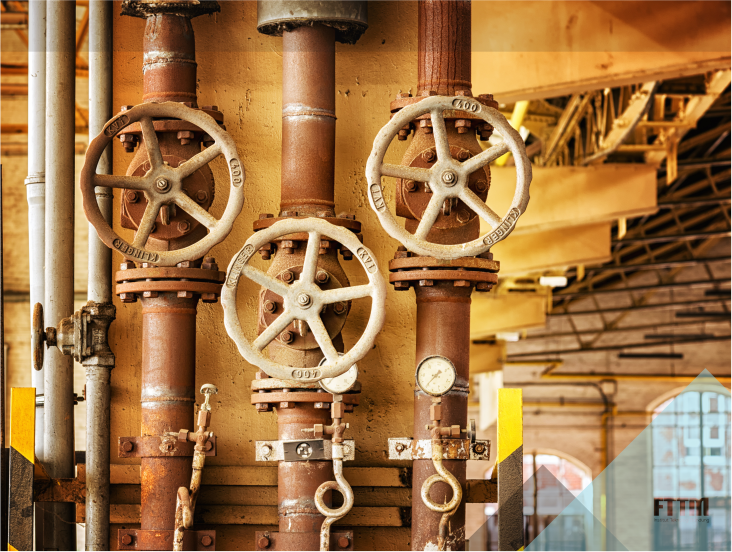CO2 Gas Liquification Technique Through Subsea Pipe Flow To Increase National Gas Production
Gas production with a very high CO2 content requires special treatment to separate the methane from CO2. The separation also requires high capital expenditure (CAPEX) and operational expenditure (OPEX). The challenge is higher, when the gas is being produced on offshore, and only narrow space that available on the platform for separation process. One proposed method to do the separation is by shifting the CO2 phase in the phase diagram from the gas phase to the liquid phase. This shifting requires certain pressures and temperatures that meet the temperature and pressure boundary to become liquid.
This study performs a simulation to determine the pressure and temperature constraints required to convert CO2 from the gas phase into the liquid phase. This study uses a finger-type slug catcher mounted on the seabed. The finger-type slug catcher consists of parallel pipes of a certain diameter and length. Furthermore, the simulation is done by variations of several variables, such as: inlet pressure, ambient temperature, inner pipe diameter, and number of branches. The aim of the research is to design a slug catcher model so that the separation of methane and CO2 gas can occur optimally. The slug catcher design resulting from this study includes the value of the inlet pressure, diameter, and minimum length of the pipe where CO2 begin to form liquid.
The simulation was done by 320 kinds of combination for the range of inlet pressure value from 800 to 1500 psia, the range of pipe inner diameter is 40 – 50 inch, the range of ambient temperature is 50 – 80oF, and the range of 1 to 5 number of branches. Based on the simulation, when the inlet rate of 200 MMSCFD, the inlet temperature of 100oF and the overall heat transfer coefficient of 200 BTU/ hr / ft2 / oF, it is obtained the shortest length of slug catcher is 72.18 ft, 40-inch inner diameter, and the inlet pressure requirement is 1000 psia. Furthermore, for design purposes, the slug catcher length is made 217 ft to ensure that the liquid CO2 formed at 72.18 ft from the inlet and the liquid can accumulate and keep flowing towards the end of the pipeline for further utilization.

